Notice
Please be aware that Hestercombe will be closed on Christmas Day and Boxing Day, but will be open daily throughout the rest of the Christmas holidays.
Please be aware that Hestercombe will be closed on Christmas Day and Boxing Day, but will be open daily throughout the rest of the Christmas holidays.
There’s little better than a butterfly fluttering past, a bee buzzing by or a dragonfly darting through when you’re pottering in the garden. You can make those chance encounters more likely by embracing wildlife gardening.
Luckily, finding the balance between a wildlife garden and beautiful planting is easier than you might think. Here, we suggest five different ways you can embrace wildlife gardening at home.
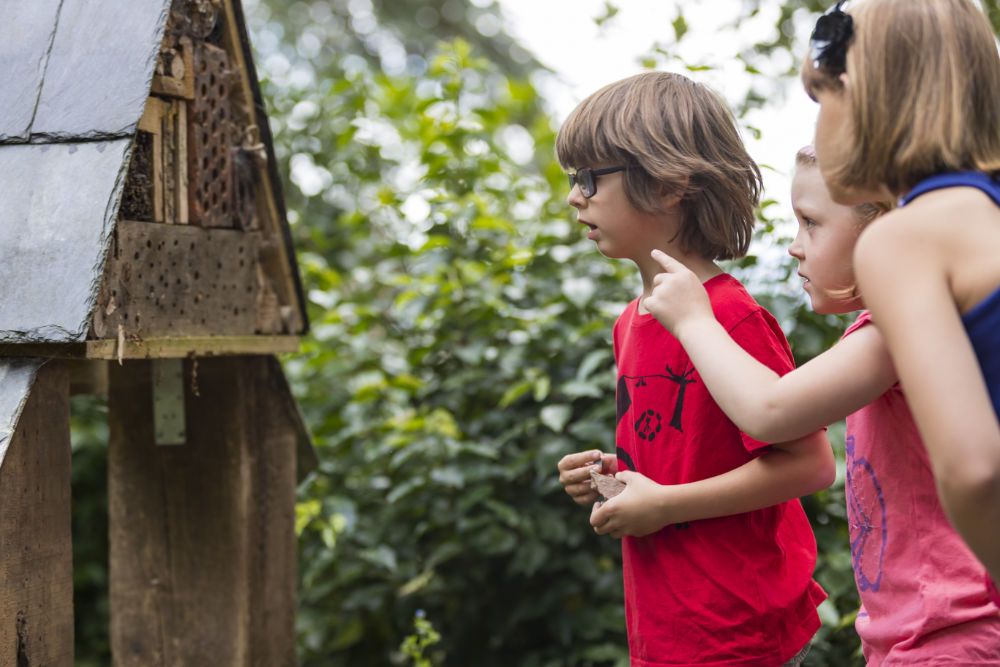
One of the essential elements of wildlife gardening is sharing your space with more than just flowers.
It’s likely that you’re already gardening for wildlife without realising it. If you’ve got a hedge, you’re providing safe havens for some birds that nest there. If you’ve got gaps under your fence panels, you’re connecting your garden to others, which is essential for hedgehogs. And if you’re not too tidy come winter, those piles of fallen leaves become habitats for insects, which in turn become food for lizards and birds.
The good news is that there are quick fixes to this part of wildlife gardening. On your next visit to Hestercombe, call into our Plant Centre where you’ll find a variety of bug and bee hotels for sale. Take them home, mount them on a fence or hang them from a branch and you’ve got an instant element of a wildlife garden.
Hedgehog houses are great options too and provide a safe place for them to hibernate over winter. Find out more about helping wildlife get through winter in your garden.
Don’t forget the birds. Nesting boxes are invaluable and come in all shapes and sizes, from small boxes for blue tits to large boxes for owls. As you wander through Hestercombe’s Landscape Garden, see how many nesting boxes you can spot.
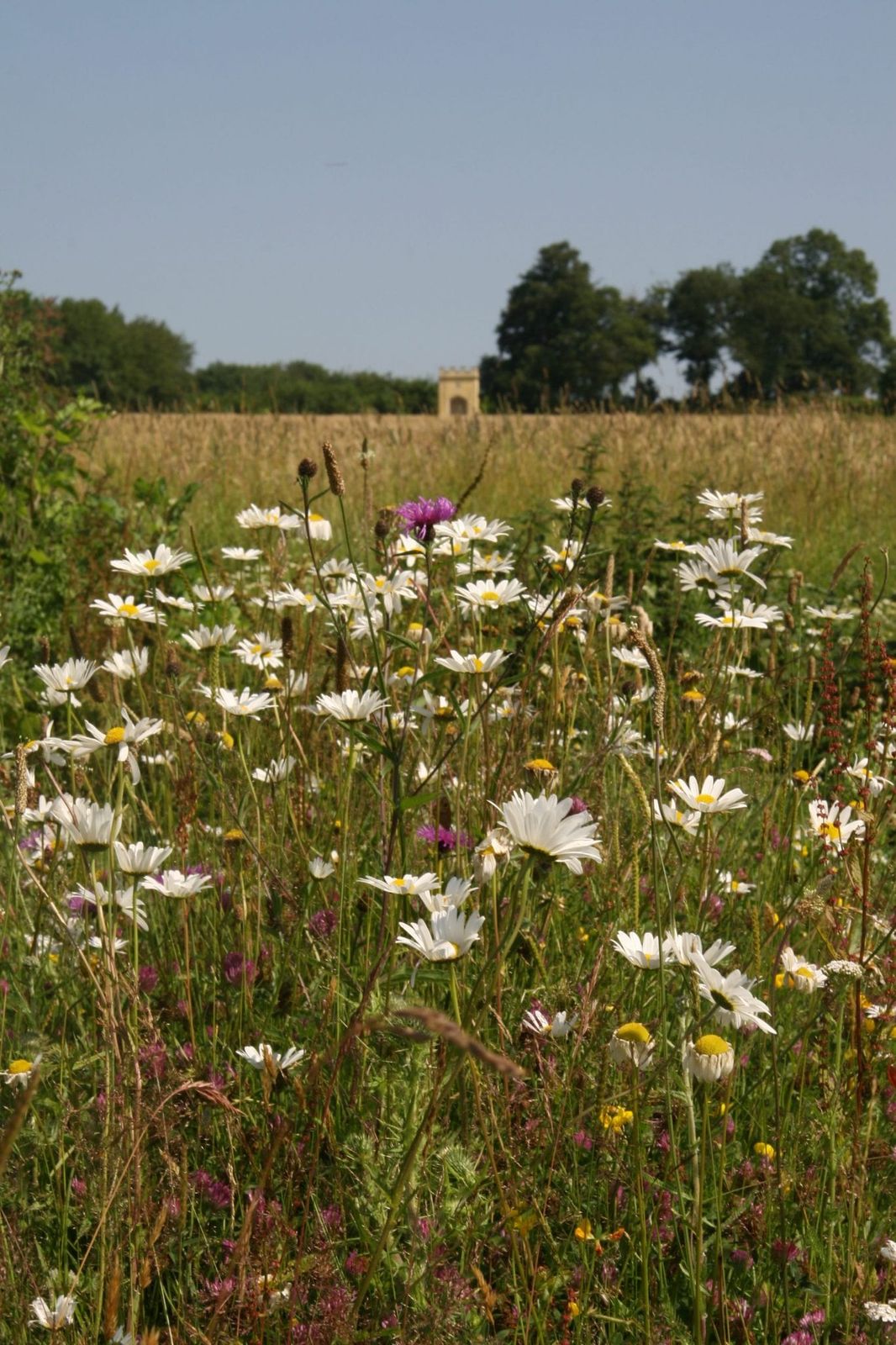
We’re lucky to have a sweeping Wildflower Meadow at Hestercombe, but you don’t need acres to grow wildflowers. You could introduce a swathe of wildflowers that you treat like a border, mowing around the miniature meadow’s undulating curves to create a feature within a lawn. Or, why not dedicate a corner of your garden to growing wildflowers from seed?
Unlike many plants, wildflowers thrive on soil that is low in nutrients. For your wildflowers to be a success, you’ll need to prepare the ground accordingly, so steer clear of adding compost, mulch or manure. Wildflowers can be annuals or perennials, so check what you’re buying before you sow seed.
Once planted and growing away, your wildlife garden meadow area will sway with the breeze and dance with moths, bees and butterflies.
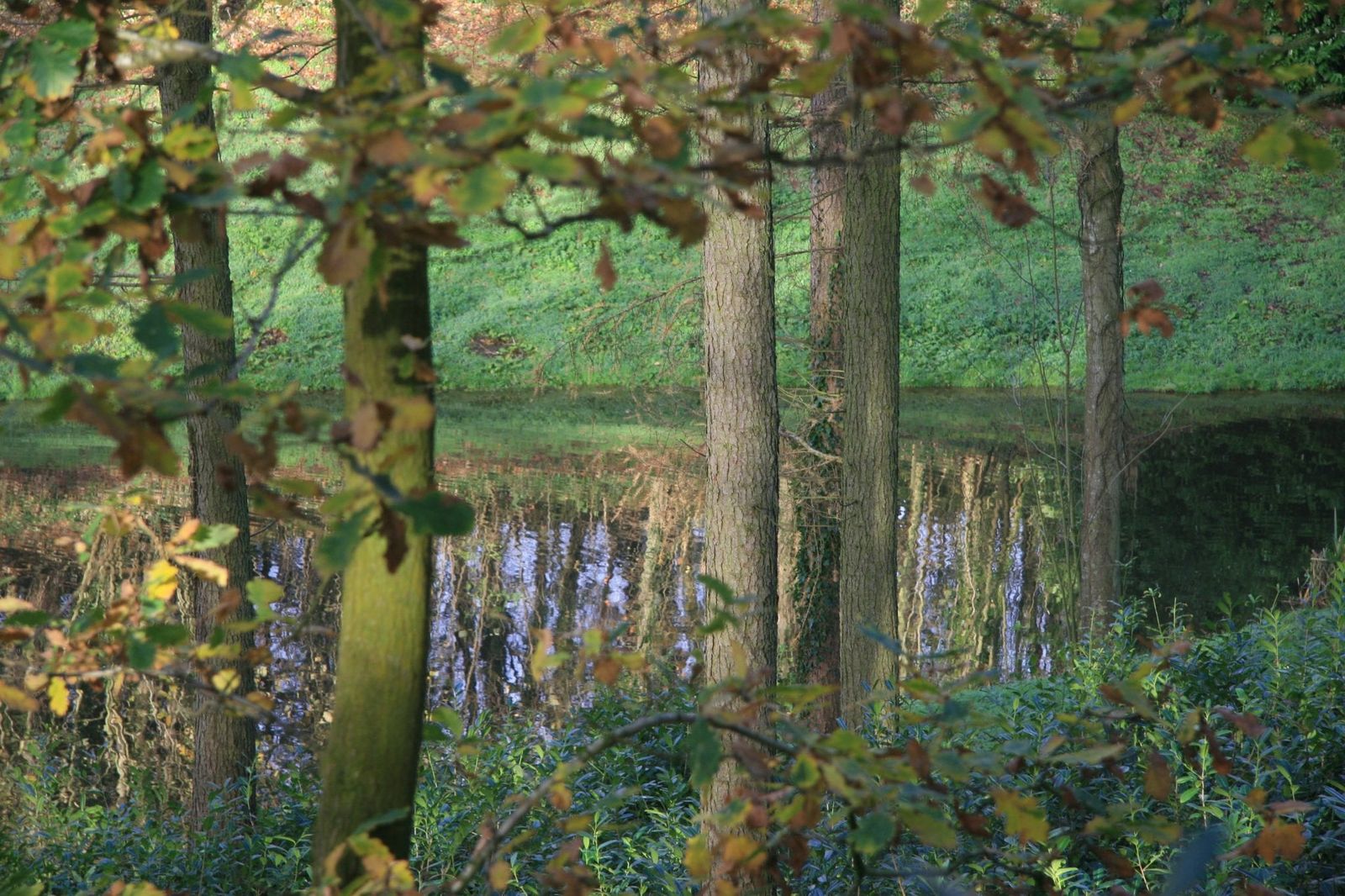
Whether you take inspiration from Hestercombe’s Pear or Box Pond, the Cascades or Rills, water attracts an abundance of wildlife into the gardens. And we’re not just talking about our resident fish, ducks and swan! Water sources attract dragonflies, frogs and birdlife too. That’s why introducing water into your garden is a brilliant step for wildlife gardening.
If you don’t have room for a feature fountain or pond, don’t worry. Bird tables kept topped up will keep our feathered friends happy, while a washing up bowl sunken into a flower bed will give small mammals like hedgehogs a drink. Just remember to add a few stone steps so that creatures who get in can get out again.
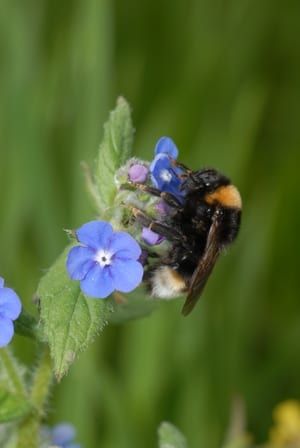
There’s a big buzz about bees when it comes to wildlife gardening, and for good reason. These little critters pollinate our flowers, fruit and vegetables, allowing us to grow food. Without them, we’d be in big trouble. Unfortunately, the prevalence of insecticides and the loss of pollinator-friendly habitats means bees are in decline.
Planting for bees is therefore an essential element of wildlife gardening. In general, you should aim to have plants in flower year-round to provide a constant nectar supply. Beyond that, it’s worth choosing plants that have large, open shaped flowers or funnels wide enough for bees to climb inside. The idea is to choose blooms that make it as easy as possible for the bee to get to the nectar.
Helen, who heads up the Plant Centre here at Hestercombe, has put together some great choices for every season. Find out what you can add to your garden to help the bees here. A visit to the Plant Centre will soon have you stocked up.
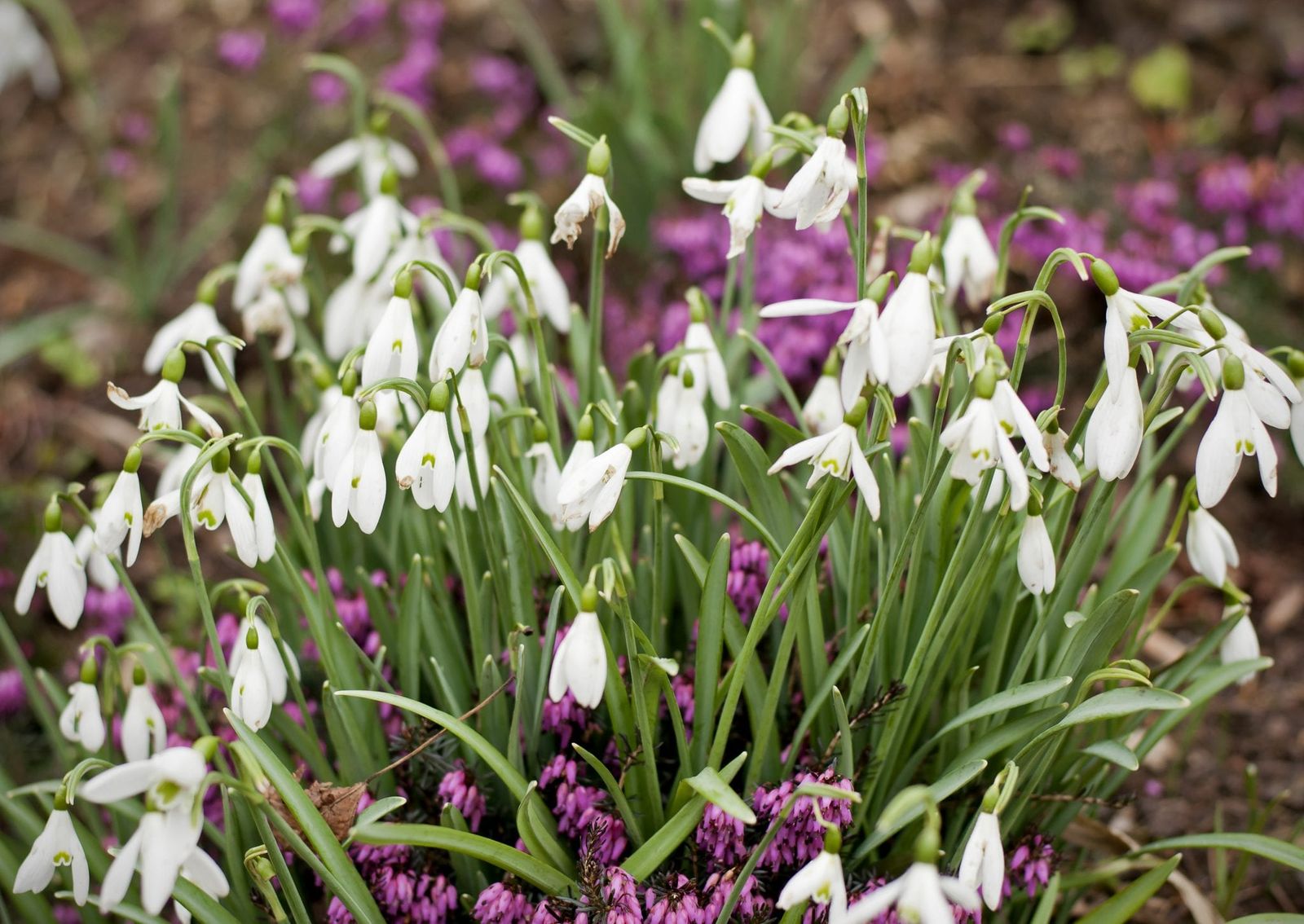
One of the greatest gardening dilemmas is keeping the garden looking glorious in the winter months. This is especially true if you’re a fan of cottage gardens and the herbaceous perennials so often associated with them.
Luckily, solving the problem of winter interest also solves a problem for over-wintering bees. They will flock to your garden’s welcome source of nectar in this season of scarcity. Try winter-flowering heathers, crocuses and clematis to give the bees a helping hand while also filling your garden with flowers.
If you're wild about wildlife or a budding birdwatcher, don't miss our wonderful wildlife-focused events throughout the year. From dawn chorus walks to butterfly spotting in the Wildflower Meadow, there's plenty to see and do. Find out all the details of our upcoming events at Hestercombe here.
